


Crayton Montei, Head of Marketing and Brand at Peach, talks about how their company has evolved to the point of investing in a more long-term brand identity.
Can you first introduce us to Peach? Perhaps give an overview of what you’re about.
Peach builds the infrastructure that allows lenders to create, launch and scale new lending programs. What sets us apart is that our platform is almost completely configurable. So that you can launch any sort of lending product you want.
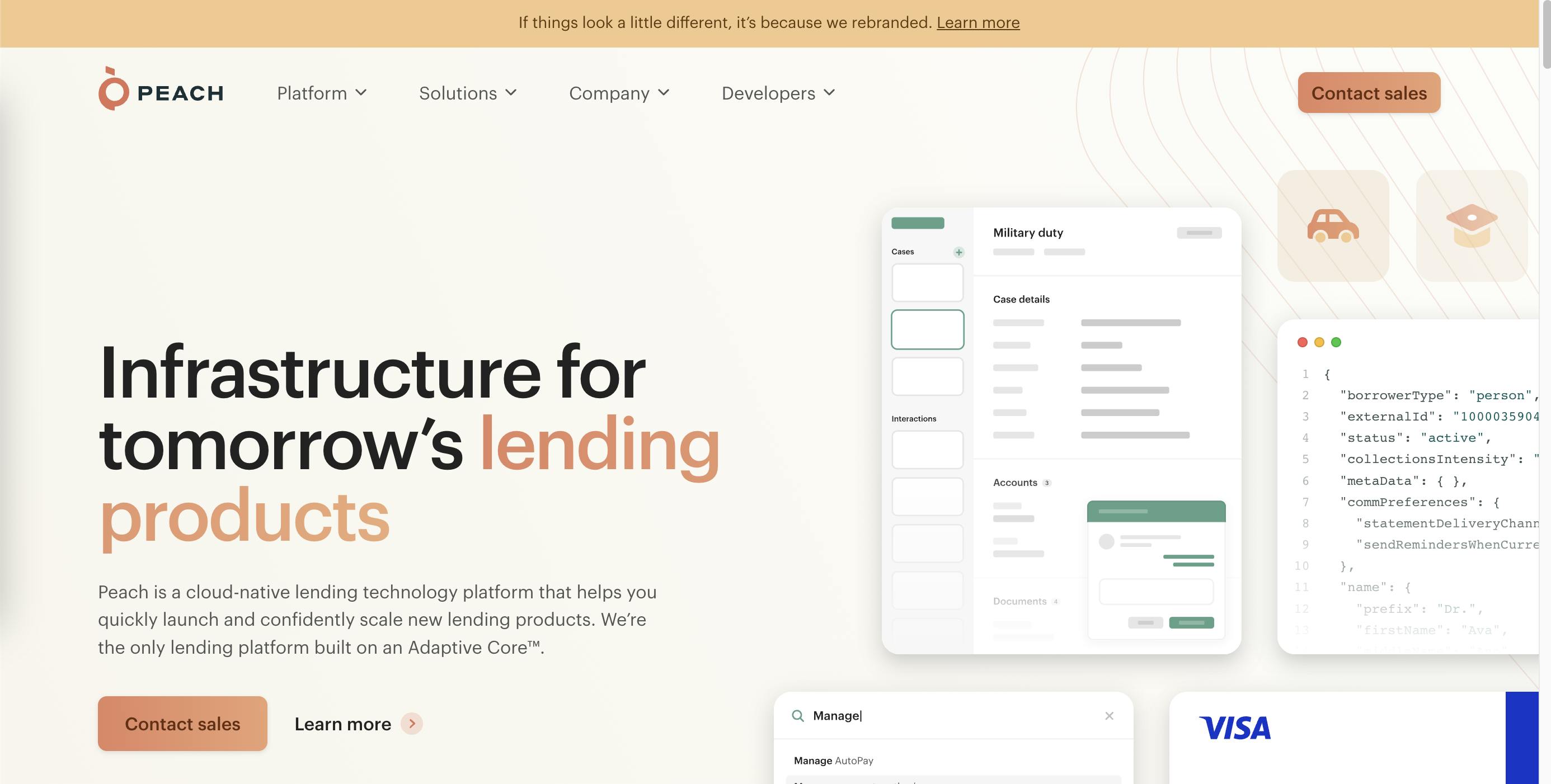
Peach website
Your lending program also stays flexible over the years. As markets change, as consumer preferences and expectations change, as regulations change, you have the ability to continue to adapt to new circumstances.
This is the opposite of what we call legacy platforms. We have an Adaptive Core where you can launch a program that's very flexible today, and it will also stay flexible into the future.
How about the brand’s identity through the years? How did those come about?
For the brand that came before this, Eddie Oistacher, our CEO, is a very pragmatic person and so when that first brand was developed, he knew it wasn't going to be our last.
He knew that we had a lot of learning to do about ourselves as well as the market, so not a lot of time was invested in making that brand perfect. It was sort of something to get us to the next step.

Past Peach logo
That logo was a pretty simple one. It was a circle and a square that sort of evoked a peach. It also evoked building blocks because we're helping our clients create and build new lending programs. But it was never thought of as a permanent brand identity.
This latest rebrand was sort of the next step in that evolution. It embodies Peach's long-term thinking. In the same way we plan for enabling our clients to be flexible into the future, we also take that same long-term approach to building our product.
Those first few years, we really weren't trying to just build a work-in-progress and see how many clients we could sign. Instead, our CEO had a very strong vision about where Peach needed to go. We took the time to build that product until it was better than what existed in the market already.
This is what gave him the confidence to say that our product is really good and now it makes sense to invest in a brand for the long-term. That's where we find ourselves today.
We’re curious about how the conversation about this current branding started.
I'd been talking with Eddie for a little while about when the right time would be to invest in a new brand. I think one day he just had an intuition about it being the right time, that the product is now mature enough. He finally said, "Okay, I'm ready," and that was music to my ears.
I love branding, but it isn't always the right time. But now I think we both felt that it was. We felt strongly enough about the maturity of our product.
We were able to say, "Okay, the disparity between where our product is and how people outside are perceiving us is really huge right now. The product is very mature, but we don't look very mature.

New Peach banner
“If we want to have the sort of success that we believe we deserve, then we need to match our product with our appearance." And so, from that point, it was just a matter of, "How quickly can you get this done?"
How did the rebranding process go? What were your first steps?
I always start from a strategic basis. I really wanted to create a brand that was going to last for years and years.
No brand can last for decades without adjustments. Certainly, ours will need adjustments over time, but I think what saves you from having to go back to the drawing board in one to three years is having a strategic basis for what you're doing.
The first thing we did was define a brand idea or brand essence that we felt positioned us to be able to win in our space. It was something that we felt was true for us, aligned with what our customers want, and differentiated from other players in the space.
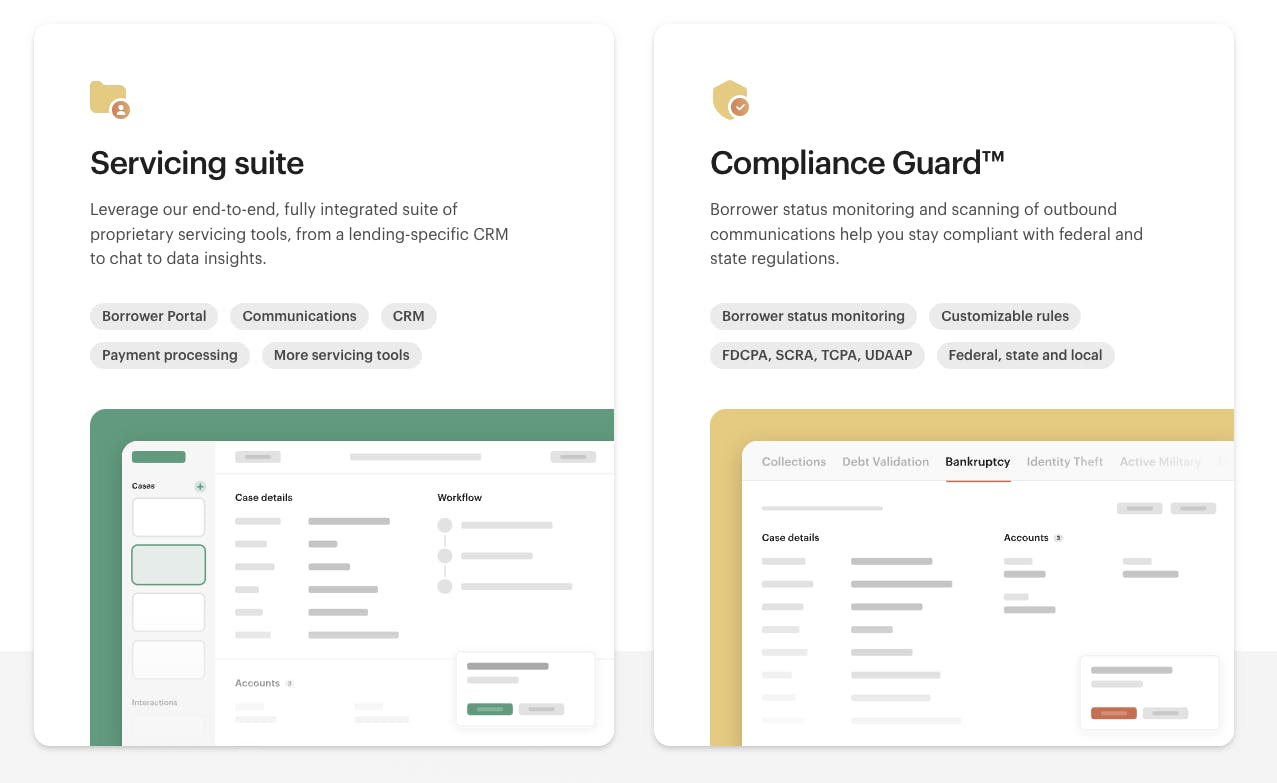
Peach webpage design
Then we developed four brand attributes in support of that. From that point, I created a brief, identified the right folks to help actually make this happen, and then it was just a matter of executing.
You worked with agencies Bien Studio and Volume7. Can you tell us more about that experience?
I have a high level of trust with them from working with them in the past. That enabled us to make really rapid progress.
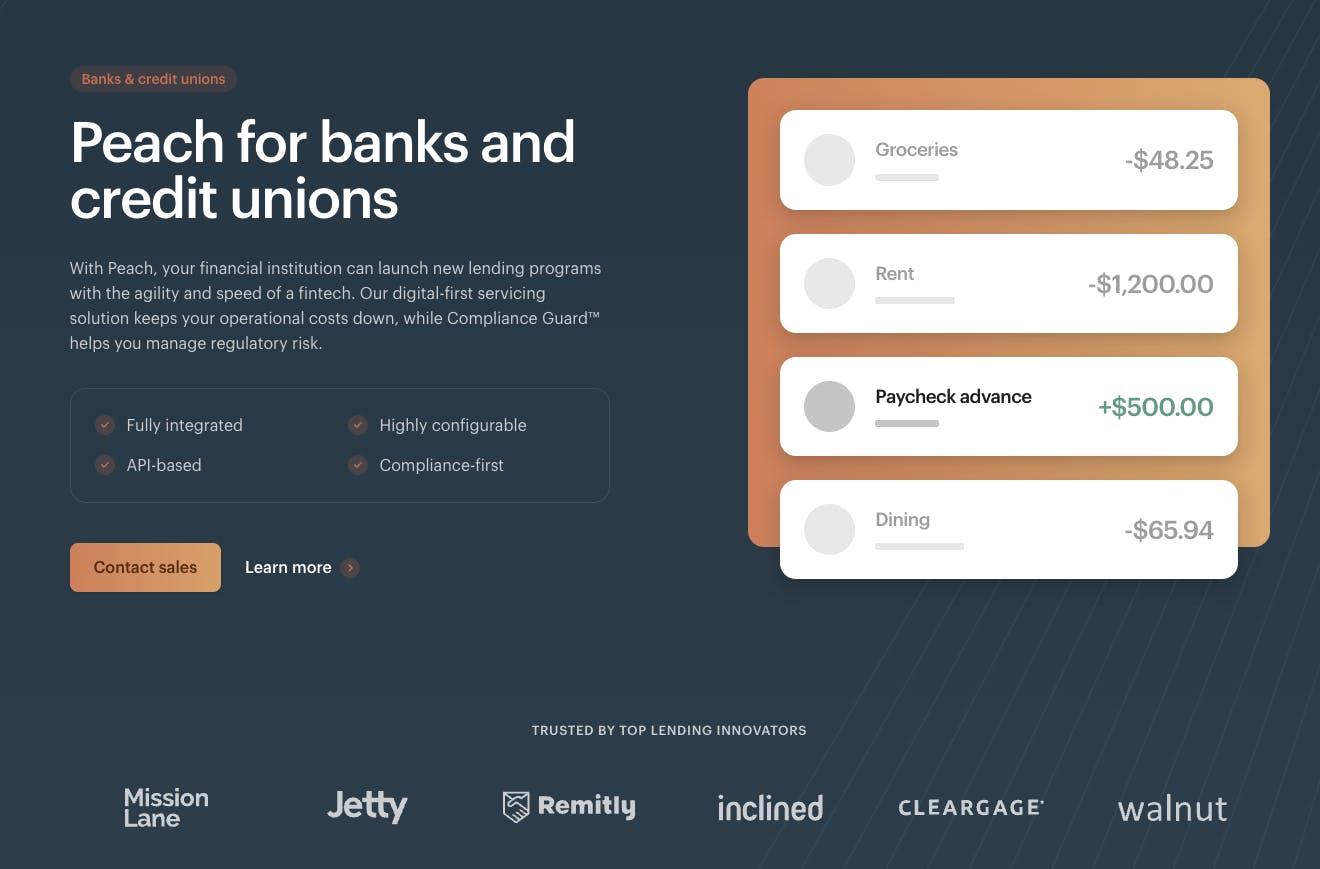
Peach webpage design
The first versions they shared were often very close to being ready to ship. That saved a lot of iteration.
I think having aligned from the get-go on what we wanted to accomplish, and also having pulled some examples of other brands that we felt were super strong, I think that saved a lot of back and forth.
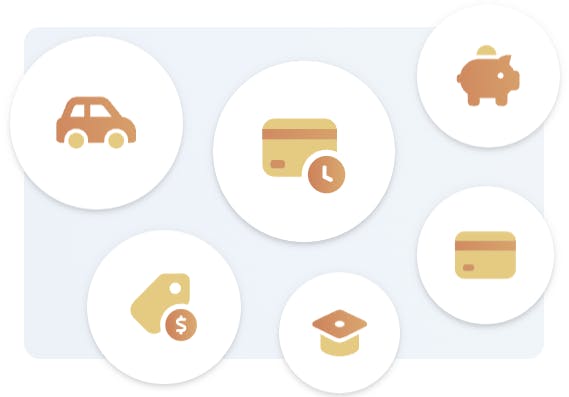
Peach icons
Being able to lay out a very clear vision from the get-go enabled us to actually create and launch this whole thing in two months flat.
From presenting the brief to these folks to having a designed logo, visual identity, and a website that was launched, it only took two months.
You changed your colors as well. Is it for anything like accessibility? What were the reasons behind it?
The primary impetus wasn't accessibility, although that certainly was a consideration as we developed these colors. The primary impetus was ensuring that our colors supported our brand essence and brand attributes.
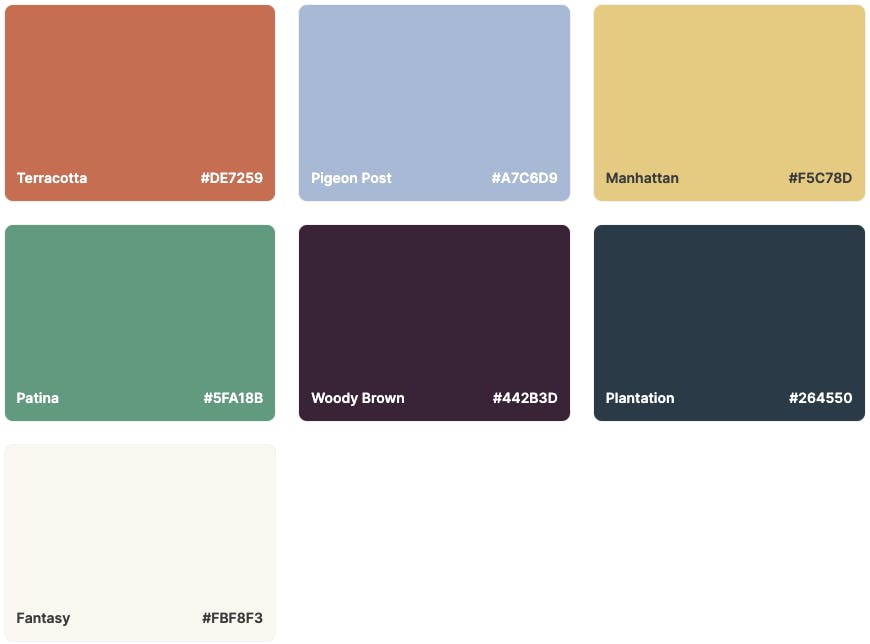
Peach colors
That's really my answer to a lot of questions around why we did this or that. We did not feel that the colors from the previous brand supported the way that we wanted to be perceived, or the way that we genuinely are, so that's why we decided to revisit them.
I think for brands to be successful, you do have to keep things simple to a degree. Everything needs to ladder up to some core set of attributes or objectives because people outside of your company are not studying your brand.
Maybe some designers will, but your customers typically won't. They're going to be processing things subconsciously and so you need to be very disciplined and repetitive for people outside to perceive you in the way that you want.
What is your major takeaway from this experience? Or, do you have any advice for brands or designers embarking on rebranding projects themselves?
I think maybe the biggest thing is to maintain discipline and focus in connecting every single thing that you do, every choice you make, back to a core set of brand attributes.
I think rebrands have a unique ability to mire you in details and disagreements and process. You start off, you're very excited, you have this grand vision, but then when you're in the room with other folks, people have different opinions. In the end, you can emerge with something that feels kind of watered down.
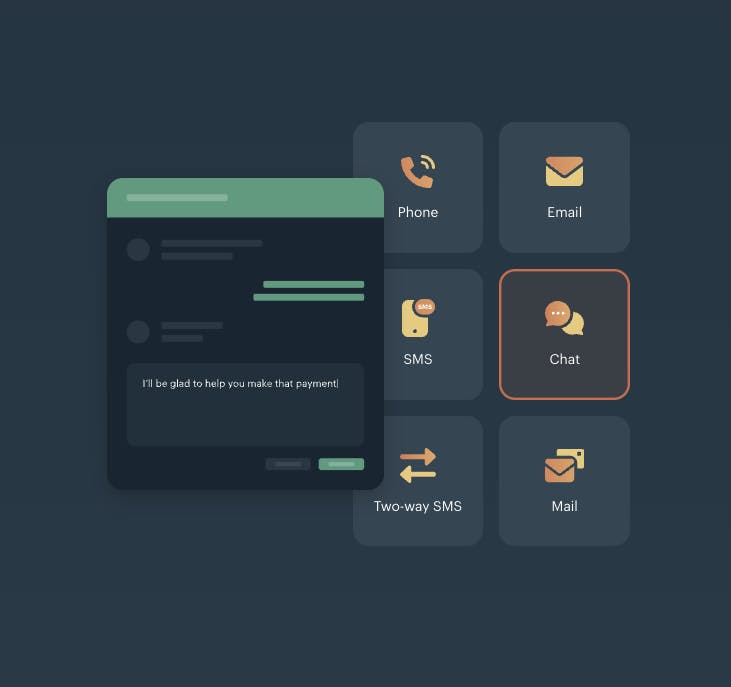
Peach webpage design
You get to the end and you realize, "This isn't exactly what I was hoping or even close to what I was hoping." It's often what leads to the need for another rebrand in a year or two.
I think, every day throughout the rebrand process, it’s about coming back to that original brief and those original pieces of inspiration like other brands that you know you would have been proud to create.
Another takeaway is to not make compromises on the quality and the ambition, because the reality is it's easier than ever today to create a good brand.
There are so many great designers and brand thinkers out there that can help you but I think the goal is not to create just a good brand. The goal is to create a great brand that stands out and that helps your company to win.
You need to do a better job than all those other good brands out there. I think the only way you can do that is to be relentless about shooting for that grand vision that you had to begin with.
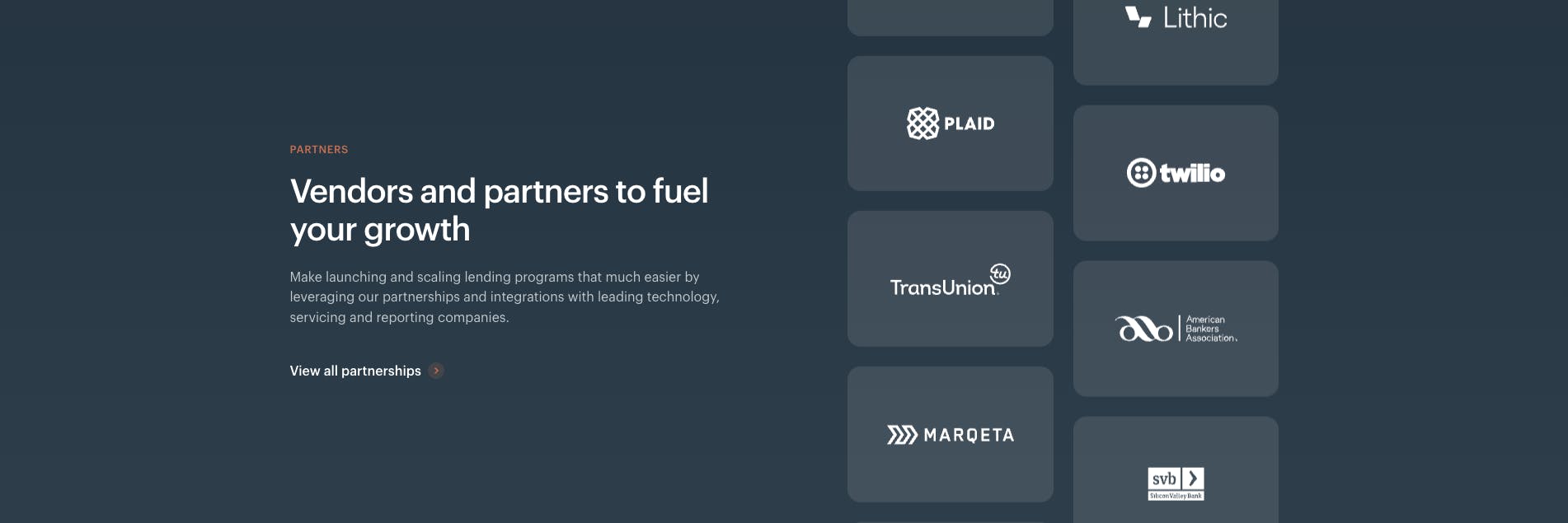
Peach webpage design
Though there will of course be compromises that need to be made along the way, find a way to make them that doesn't compromise your overall ambition.
How do you write a good brief? This is a core thing that every designer needs to work with. Do you have principles on how to do that well?
One I will offer is to keep it simple. The more length you add to a brief, the more people end up getting lost in it or latch on to aspects of it that you didn't intend to be primary, but that they particularly resonate with.
So, keep it short. Keep those primary brand attributes at the top of the brief. Keep them simple. Repeat them throughout so that people don't lose track of them.
I think, as with any question related to content, my first answer is always simplicity. As I mentioned earlier, people have a limited attention span.
Something that you've spent weeks or months thinking about and putting together, other people are reading in the span of five or 10 minutes.
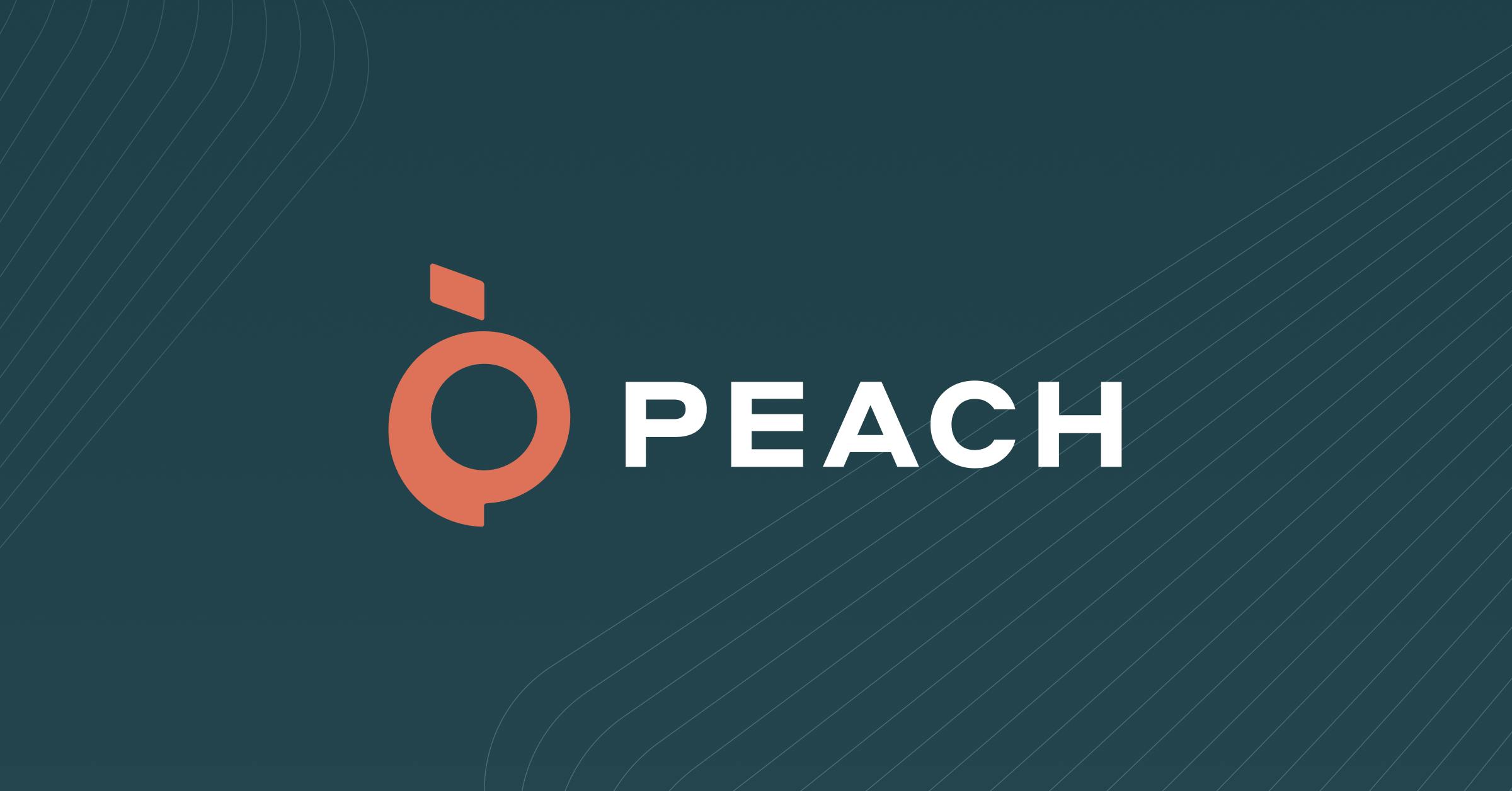
Peach wordmark
If they're not able to come away immediately with the takeaways that are important to you, then you're off on the wrong foot and it plants the seed for a lot of back and forth down the road.


